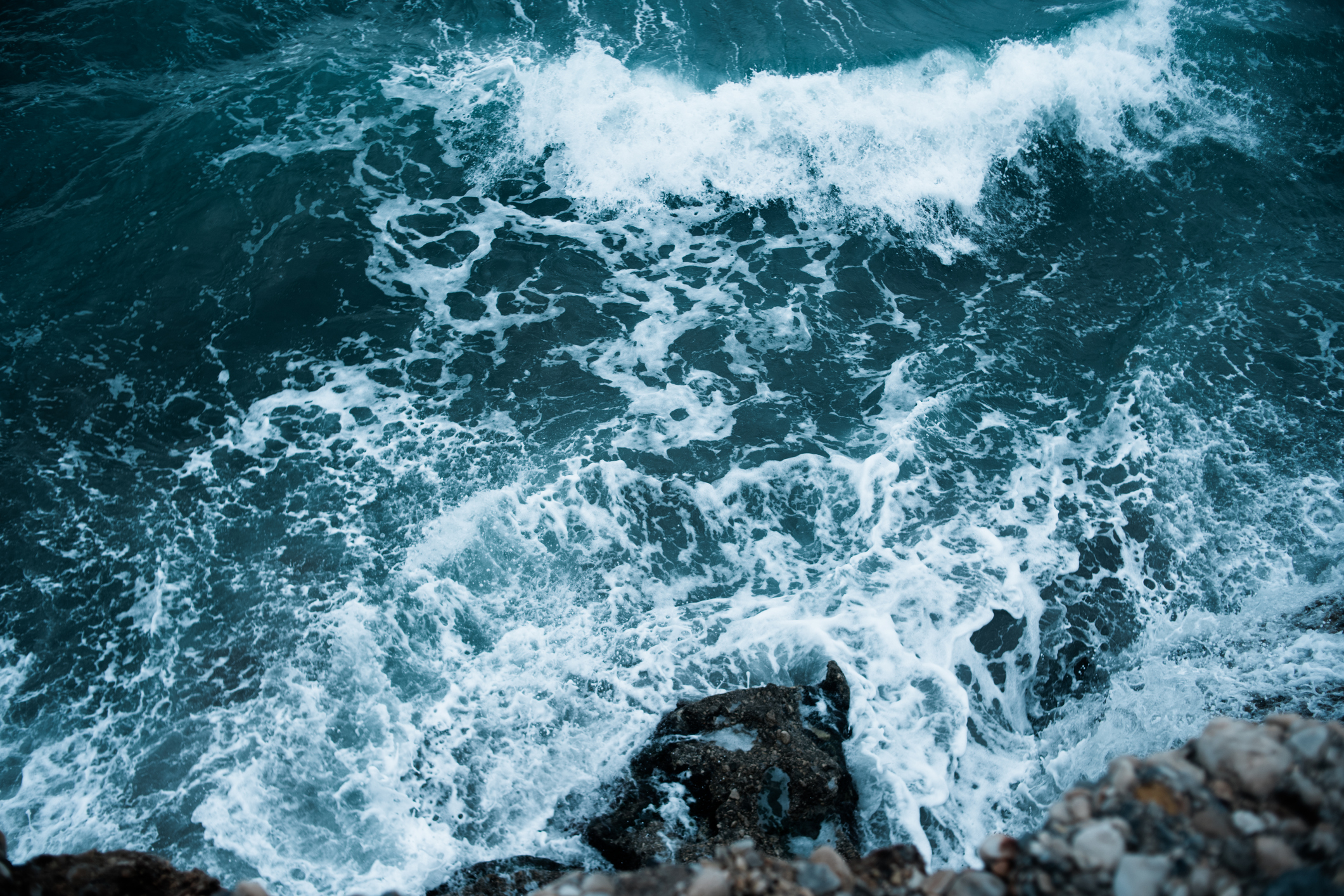
“The ship has reached the shore.” With these words on the evening of March 4, 2023 at the United Nations in New York, BBNJ president Rena Lee brought the decades-long negotiations of a U.N. High Seas Treaty to a successful conclusion. Hailing the historic moment, U.N. Secretary-General Antonio Guterres said it was a victory for multilateralism and for global efforts to counter the destructive trends facing ocean health, now and for generations to come.
The agreement is expected to fill the gaps in governance of the high seas beyond the jurisdiction of national exclusive economic zones, with the high seas covering some 40% of the planet’s surface and around 64% of the ocean. Lack of adequate governance of the high seas has been a major element in the decline of the ocean’s health. Marine pollution has become rampant, fish-stocks are overfished by a factor of over a third, and marine biodiversity is diminishing at an alarming rate—all at a time when (thanks to our anthropogenic greenhouse gas emissions) the seas are warming, acidifying, deoxygenating and rising.
To counter this decline and avoid a cascading of species extinctions, scientific consensus has called for 30% of the planet to be protected by 2030. The international community heeded that advice in Montreal last December, with the universal adoption of the Global Biodiversity Framework and the inclusion therein of the 30% protection by 2030 provision.
Now with consensus reached on a High Seas Treaty, we have an agreed mechanism for implementing the designation and governance of marine protected areas in the high seas. There is much work to be done, for while progress on the establishment of marine protected areas within national jurisdictions has been encouraging in recent years, currently, only 1.2% of the high seas are protected.
Recognizing that the high seas are the common heritage of humankind, as set out in the U.N. Convention on the Law of the Sea, along with the freedoms of passage and scientific research on the high seas, the High Seas Treaty embraces principles of equity, fair sharing of benefits, and precautionary approach. This is particularly pertinent, as it recognizes that no one country can claim sovereign rights over the marine genetic resources of the high seas, and that just and equitable sharing of benefits must apply in their use.
Read More: These Black Icons Have a Novel Idea to Save the Ocean
In January 2022, the Friends of Ocean Action, a collective of ocean leaders convened by the World Economic Forum, wrote to the world’s heads of government with the message that if six international conferences were successfully concluded over the year ahead, we could bring the decline in the ocean’s health to an end. With the successful conclusion of the High Seas Treaty conference, those six conferences have now been held.
The first of them, the U.N. Environment Assembly in Nairobi, resulted in an agreement to negotiate an internationally binding treaty to control plastic pollution. The others included the World Trade Organization Ministerial Council’s decision to ban harmful fisheries subsidies contributing to the global scourge of illegal fishing, and perhaps most important of all, the Global Biodiversity Framework was adopted by the convention of parties of the Convention on Biological Diversity in Montreal. UNFCCC’s Climate and Ocean Dialogues were elevated during the year in Bonn and at Sharm El Sheikh, and then in mid-year in Lisbon, the U.N. Ocean Conference delivered on its promise with by launching a fleet of solutions to problematic ocean issues.
It is too early to say we have stopped the decline, for this is a global juggernaut requiring much time and space to make its turn. But there’s no doubt that what was achieved on the ocean’s behalf over the last year has been transformational. That all these consensual agreements have been achieved at a time of grinding distrust in global geopolitics is all the more remarkable, perhaps indicating that when it comes to protecting the ocean, humanity now understands we are all in this together. Together, we sink or swim.
So let us celebrate the ship’s arrival at shore. The crew of the ship, the erstwhile negotiators who worked the long hours in the holds of the U.N., deserve our thanks and admiration. But let us also understand that this port is not our destination. Here we stop to provision for the journey ahead. The sometimes-tedious process of obtaining national ratifications of the treaty lies ahead, and then the pressing implementation of all that we have agreed to.
There is little time now for prevarication. The state of the ocean’s health demands we get on with the job with all hands on deck. In June 2025, the third U.N. Ocean Conference will be held in Nice, France. It serves now as a global lighthouse to guide and give us good speed on the journey we must take to bring the High Seas Treaty into force, and to conserve and sustainably use the ocean’s resources.
More Must-Reads from TIME
- Cybersecurity Experts Are Sounding the Alarm on DOGE
- Meet the 2025 Women of the Year
- The Harsh Truth About Disability Inclusion
- Why Do More Young Adults Have Cancer?
- Colman Domingo Leads With Radical Love
- How to Get Better at Doing Things Alone
- Michelle Zauner Stares Down the Darkness
Contact us at letters@time.com